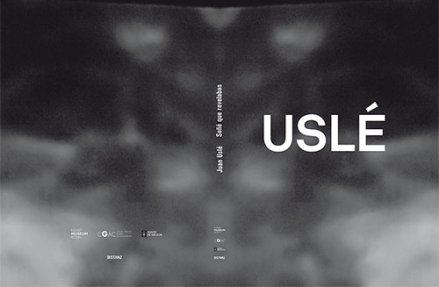It is for the first time that the series of works of the so-called “black paintings”, “Soñé que revelabas” (“I dreamed that you appeared”), by Spanish painter
Juan Uslé (Documenta IX and others) is presented in a German museum. Since 1997, Uslé has been creating this series of paintings which currently comprises 50 works and which takes a central position in his oeuvre. In his works belonging to “Soñé que revelabas”, which are mainly painted at night, Uslé realizes a highly concentrated, meditative disquisition on the structural conditions of painting and the painting process. Every brush mark on these works is charged in two different ways: On the one hand, they depict the painterly gesture and thus classify themselves as part of the tradition of self-reflective abstract painting. On the other hand, every brush mark can be regarded as the painter’s heartbeat which turns the works into manifestations of the painter’s direct and “sensual” bodily connection with his paintings.
This combination of a subjective and poetic painting aura as well as the conceptual introspection of the medium which defines all of the artist’s works make Uslé’s oeuvre one of the greatest of our time. This is all the more pertinent as Uslé has been living and working in New York and Spain for a long time and the combination of a catholic-baroque picture emphasis and intellectual detachment connect the European and American painting tradition.
The exhibition will be accompanied by a catalogue (German/English/Spanish) which will contain images of all works displayed as well as essays on the artist’s work by Angel Gonzalez, Raphael Rubinstein and Stephan Berg. After its presentation in Bonn, the exhibition will be shown at the Centro Galego de Arte Contemporánea (CGAC) in Santiago de Compostela, Spain.


